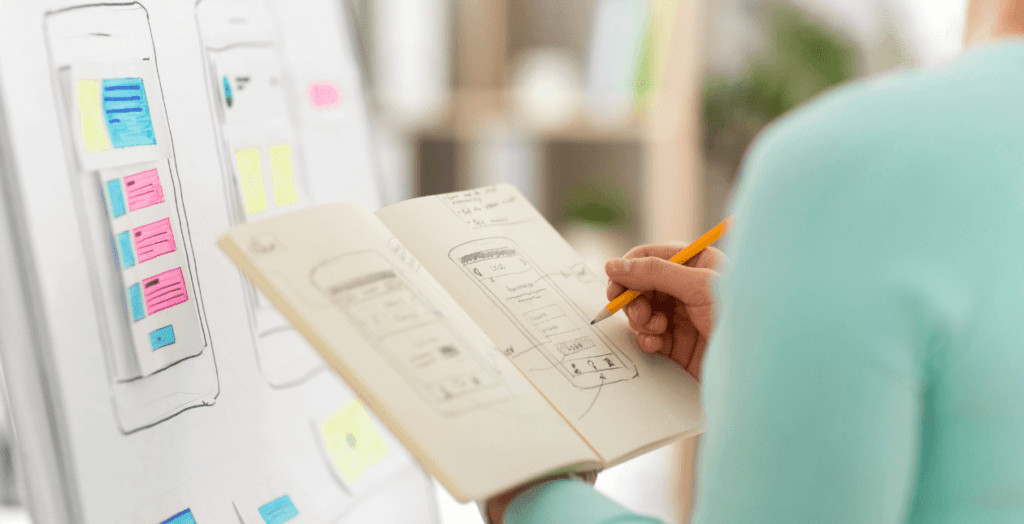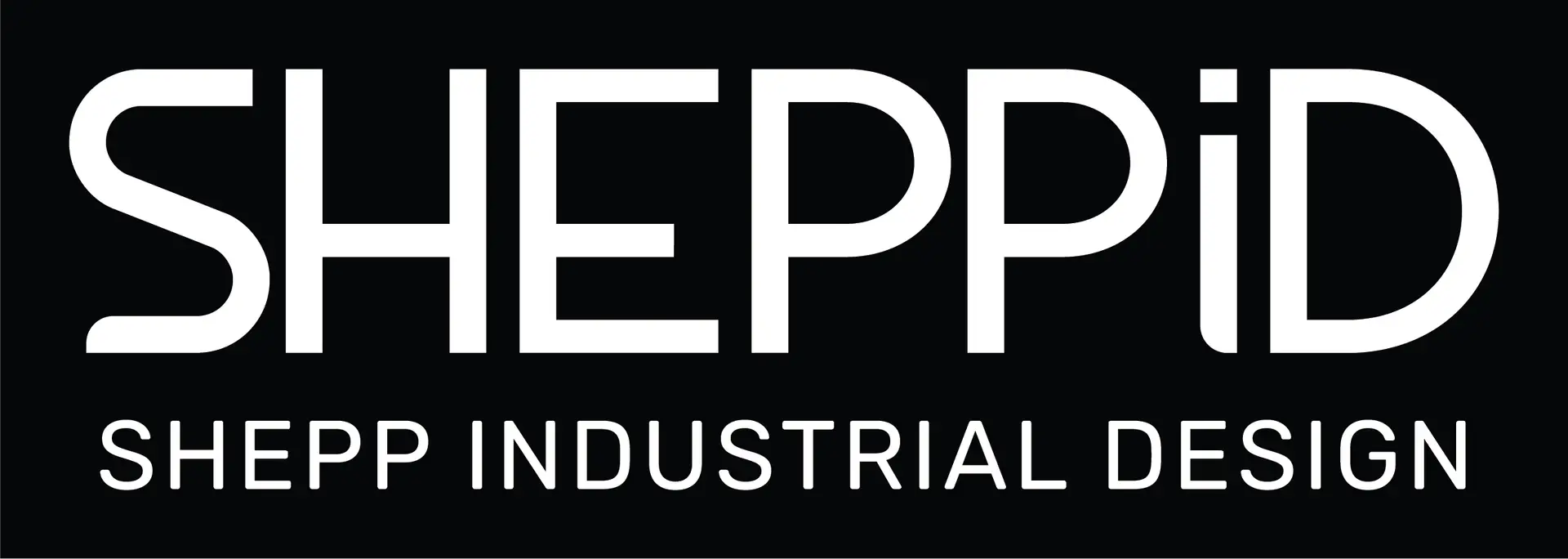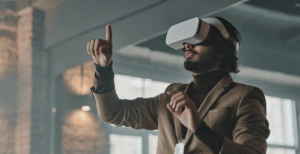
While the benefits of good UX are evident, businesses often encounter challenges when navigating the intersection of UX design and industrial product design. Recognizing and addressing these challenges are essential for ensuring a seamless integration that delivers exceptional user experiences. Below are some common obstacles and practical solutions:
1. Resource Constraints for Product Development
Challenge:
Limited resources, including time and budget, can often pose obstacles to the thorough implementation of UX design and industrial product design principles. These constraints may limit the extent to which every aspect of the design can be addressed and optimized.
Solution:
However, by prioritizing key elements based on their impact on the user experience, it is possible to make the most of the available resources. Conducting user research early in the design process can help identify the critical features that need to be focused on. This allows for a more targeted approach, ensuring that the limited resources are utilized effectively.
Furthermore, it is important to recognize that design is an ongoing process. Incremental improvements can be made over time as additional resources become available. This approach allows for continuous enhancement of the design, ensuring that it remains aligned with user needs and preferences.
By carefully managing limited resources and adopting a strategic approach, it is possible to overcome the challenges and achieve effective design outcomes that meet user expectations.
2. Misalignment Between Product Design and Business Goals
Challenge:
One of the major challenges in any organization is when the design objectives do not align with the overarching business goals. This misalignment can result in disjointed efforts and compromised outcomes, ultimately hindering the overall success of the organization.
Solution:
To address this challenge, it is crucial to foster open and effective communication between design teams and business stakeholders. By ensuring that there is a constant flow of information and ideas, both parties can work collaboratively towards aligning the design decisions with the broader business strategies. Additionally, it is important to establish clear and measurable objectives, along with key performance indicators (KPIs), to track progress and determine the success of the design initiatives.
By taking these steps, organizations can overcome the misalignment of design objectives with business goals, leading to more cohesive efforts and ultimately driving better outcomes.

3. Resistance to Change
Challenge:
Organizational resistance to adopting new design methodologies or technologies can significantly impede progress. This resistance can stem from various factors, such as fear of the unknown, lack of understanding, or concerns about disrupting existing workflows.
Solution:
To overcome this challenge, it is crucial to create a culture that values innovation and continuous improvement. This can be achieved by fostering an environment where experimentation and learning are encouraged. Providing comprehensive training and workshops to familiarize teams with new design processes and technologies can help alleviate any apprehensions or uncertainties.
Additionally, showcasing success stories and tangible examples of the positive impact that comes from embracing change can serve as powerful motivators. By highlighting the benefits and outcomes that arise from adopting new methodologies, organizations can inspire confidence and enthusiasm among their teams, making the transition smoother and more successful.
4. Limited User Feedback on Product Design
Challenge:
Inadequate user feedback during the design process can result in products that do not fully meet user expectations. This can lead to frustration, decreased user satisfaction, and ultimately, a failed product launch. Without timely and accurate feedback, design teams may overlook critical usability issues or make assumptions that do not align with user needs.
Solution:
To address this challenge, it is crucial to implement effective user testing and feedback loops throughout the design and development phases. By involving users early in the process, designers can gather valuable insights and identify pain points before investing significant time and resources. Utilizing prototypes enables designers to visualize concepts and gather user feedback in a tangible way, facilitating meaningful conversations and uncovering potential improvements.
Acting on user feedback is equally important. Design teams should embrace an iterative approach, continuously refining and enhancing the product based on user insights. By prioritizing user needs and preferences, designers can create a product that truly resonates with its intended audience. Regular usability testing, surveys, and user interviews can provide ongoing feedback and validate design decisions.

5.Evolving User Behaviors
Challenge:
In today’s rapidly changing landscape, user behaviors and expectations are constantly evolving, making it crucial for businesses to stay adaptable in order to thrive. With the emergence of new technologies and shifting user preferences, staying informed about industry trends and understanding the evolving needs of users is paramount.
Solution:
To address this challenge, it is important to regularly update designs based on user feedback and the latest industry insights. By incorporating user-centric design principles and leveraging emerging technologies, businesses can create seamless and intuitive experiences that meet the evolving expectations of their users. Additionally, conducting periodic usability testing can provide valuable insights and validation for design choices, ensuring that businesses are delivering optimal experiences that resonate with their target audience.
6.Lack of Cross-Functional Collaboration
Challenge:
Siloed departments and a lack of collaboration between design, engineering, and business teams can hinder the holistic integration of UX and industrial design. This can lead to disjointed product experiences and missed opportunities for innovation. For example, without collaboration, the design team may create a visually appealing product that lacks technical feasibility, or the engineering team may develop a highly functional product that neglects user needs.
Solution:
To overcome these challenges, it is crucial to encourage cross-functional collaboration through integrated project teams. By bringing together designers, engineers, and business professionals, organizations can leverage diverse perspectives and expertise. This collaboration fosters a culture of open communication and shared responsibility, ensuring that all teams have a comprehensive understanding of the project goals and user needs. Regularly scheduled collaborative sessions further facilitate alignment of goals and objectives, allowing teams to adapt and iterate as needed.
Navigating these challenges requires a proactive and collaborative approach. By addressing these obstacles head-on, businesses can create a synergistic relationship between UX and industrial product design. This synergy results in products that not only meet user needs but also achieve market success. For instance, a design that seamlessly integrates aesthetics and functionality can delight users and differentiate the product from competitors.
Harnessing the Synergy of Integrated UX and Industrial Design
The intersection of UX and industrial product design is central to creating products that are both functional and aesthetically pleasing. To truly integrate these two disciplines and navigate the potential obstacles, a holistic approach that encourages cross-functional collaboration and open communication is imperative. By doing so, businesses can ensure their products not only meet user needs but also stand out in the market, creating a win-win situation for both the user and business. Ultimately, the harmonious blend of UX and industrial design is the key to unlocking market success and user satisfaction.
Please refer to this article to delve into the crucial role of user experience (UX) in the broader context of achieving business success.




